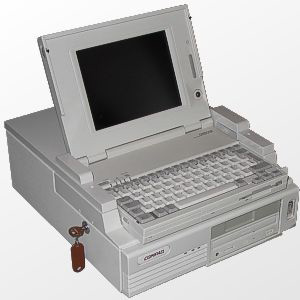Compaq LTE Lite. Part 2
I continue to torment an old laptop with a docking station. I remind you that this is a Compaq LTE Lite 4 / 25C. The first part is here: Compaq LTE Lite .
In this part:
- Linux as an opportunity to work with a hard drive that does not see the BIOS;
- mouse from Microsoft itself;
- ISA expansion board;
- Windows 95 and Windows 3.1
- old games
But first, a little about the title: 4/25 means that the microprocessor from Intel is the 486th series with a frequency of 25 MHz.
Like the last time my brother helped me, for which a special thank you to him!
Just a couple of photos from the Internet.
This is how the docking station should look like.



So, the first part ended with the fact that Linux saw a screw attached to the docking station, but a drive was needed to read CDs with an IDE interface. Such a drive was found. I found a compact with Slackware 8.0. To start the installation, you need to write two diskettes: boot and kernel. But if during past experiments a computer with a disk drive was at hand, now only our experimental one with a disk drive. So you need to load it on DOS with support for CD-ROM.
We connect as a slave to the secondary controller DVD-drive, boot from the bootable Linux, remaining from the last time and make sure that the DVD-drive is determined by the system. Boot from DOS-boot - does not see the drive for CDs and that's it. And so it was played and so - it does not work.
The brother offered to insert an expansion card (I remind you that the bus is here ISA) with an IDE controller, hang the drive on it. Inserted. Boot from DOS boot - the drive is visible. We recorded the floppy disks, again replaced the screw and started the installation.
')

Here it is - the hero controller IDE. If you look closely, there are still a lot of goodies on it: floppy, COM, LPT, game - ports.
In order not to play with the choice of packages - full, the benefit of the screw there is 20, GB. Installation lasted more than 3 hours, was successful. Boot from floppy disk, mount the root partition and voila! It works, of course, slowly. This is clearly seen when generating keys for SSH and when MC is running. Iksy with a swoop did not start - they were not played with them.
But Linux is good, but I would like to ponastalize - to start a terrible and different Windows'a. For this it was necessary to find ancient HDDs. Lucky. Found a place.
At first I took 540 MB, but there was no disk type in the BIOS with the required number of cylinders, heads, sectors. Exhibited similar - nothing. Then I brought 40-ku (!) From IBM (!). Again there is no such type. Then I brought three already: Segate 40-ka (MB, MB, not what you thought), then Conner for 240 MB and some other for 120. Segate came together with all the parameters from the BIOS, and ... again DOS it does not see. Although Linux shows that everything is OK with the disk and there is a partition with FAT 16 that is mounted.
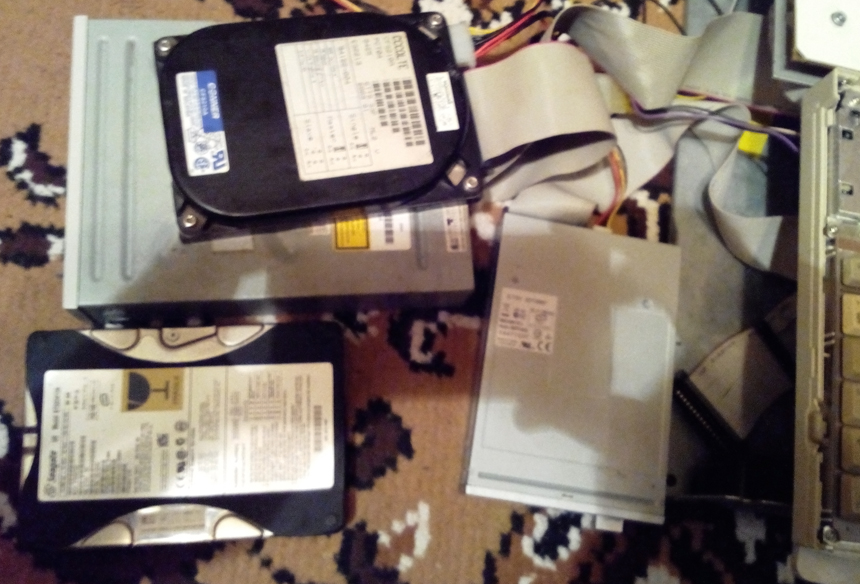
It all looked like this.
Again, brother offers to connect an expansion card with an IDE interface. We connect 40-ku, set the required parameters in BIOS - Urra! There is! Connect the screw to 240 MB, choose a similar type in the BIOS, only the sectors do not match. We connect - there is a disk C :! Only here fdisk determines its size not by the fact, but as written in the BIOS. But it works. When loading an error about the conflict with the primary controller (which is in the laptop itself), it even loads. This is definitely a victory. Noted her dinner. No, not by candlelight. Just in the home circle.
Found Windows 95. Remember in the song: “I broke the window. 95th Mastine Window? Well, we are quite the opposite. We recorded it on a disk, loaded it from a floppy disk, ran the setup, and after an hour, we saw the famous Start button, or rather, in our case, “Start”.

This is not Windows 8.0! Button "Start" on the spot and knows his stuff!
Some more windows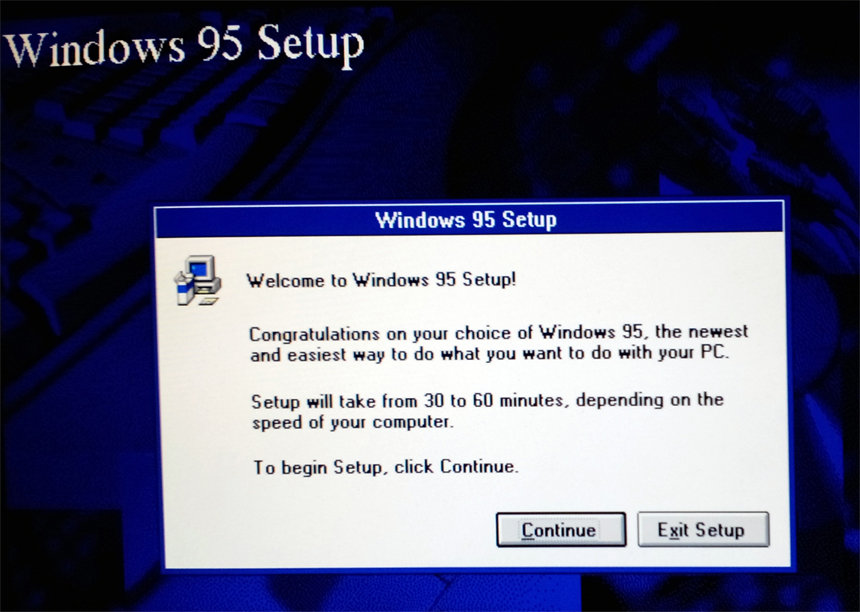
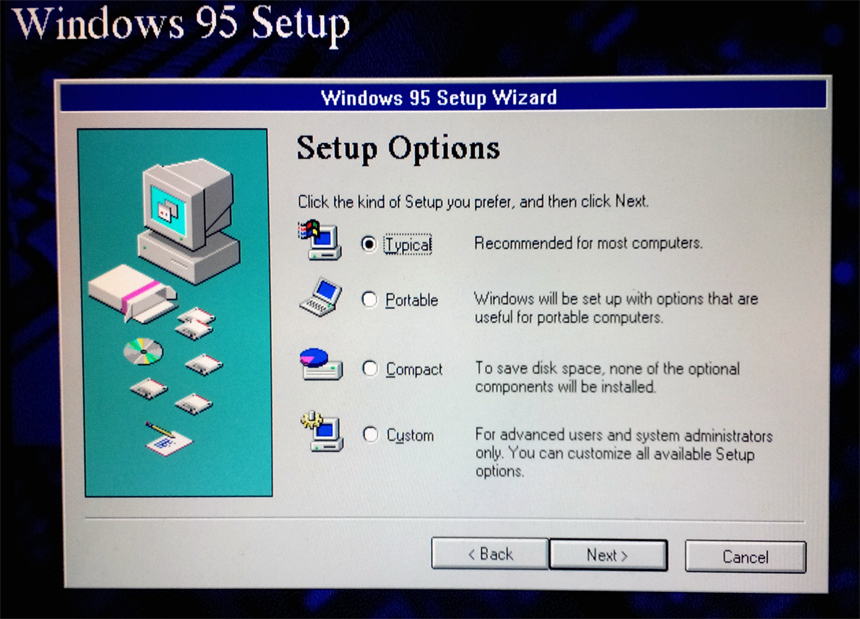

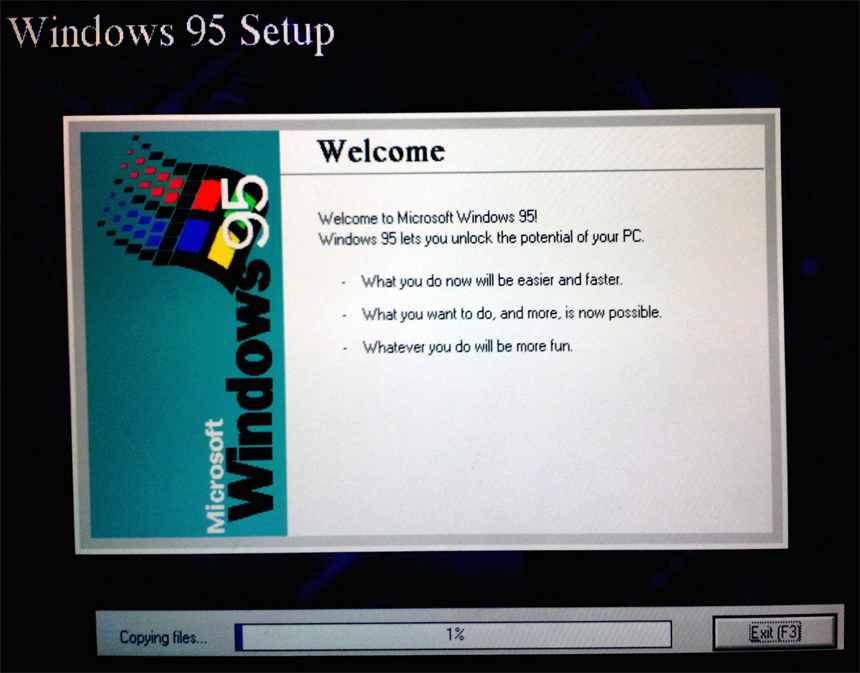






But the mouse does not work. Navigation buttons. On the rear panel, the two PS / 2 ports are unsoldered under the mouse and keyboard, but they do not fry.
By the way, a two-button PS / 2 mouse from Microsoft itself:


A com-ovsky mouse still had to get. Like the laptop screw for 279 MB for which an analogue was found in the BIOS as much as 312 MB, but this did not prevent it from loading. During the test, the BIOS swears at the screw, but it works. However, for correct operation, it was necessary to repart it, specifying a slightly smaller partition size than the capacity of the entire disk.
95th works practically without brakes. Only if resource-intensive applications are loaded, like Power Point and Windows actively swap, then slowdowns are observed.
Now I set out to run Windows 3.1 And install from floppy disks. It was necessary to 6 pieces. Found at work the car with the drive. Recorded.
To the surprise of the floppy disk (and they are 10 or more years old), they all read. Installing Windows 3.1 comes from under DOS. You need to insert the first diskette and run setup.exe (under the DOS, the installation file is usually called install.exe). Windows Installer 3.1 consists of two parts: with a DOS interface, then the Windows interface is loaded. After the actual installation, the screw is scanned for known DOS applications which are then added to a separate window folder. The last stage is invited to see and participate in the instructions for working with the interface and the mouse. (By that time I got a COM-mouse) In addition to the text with explanations, there are animated prompts, then it is proposed to perform actions with the windows in the learning mode (picture under the spoiler).
But all the stages passed. Reboot. Enter:
c:\win.exeWe see the logo. Then before us those windows:
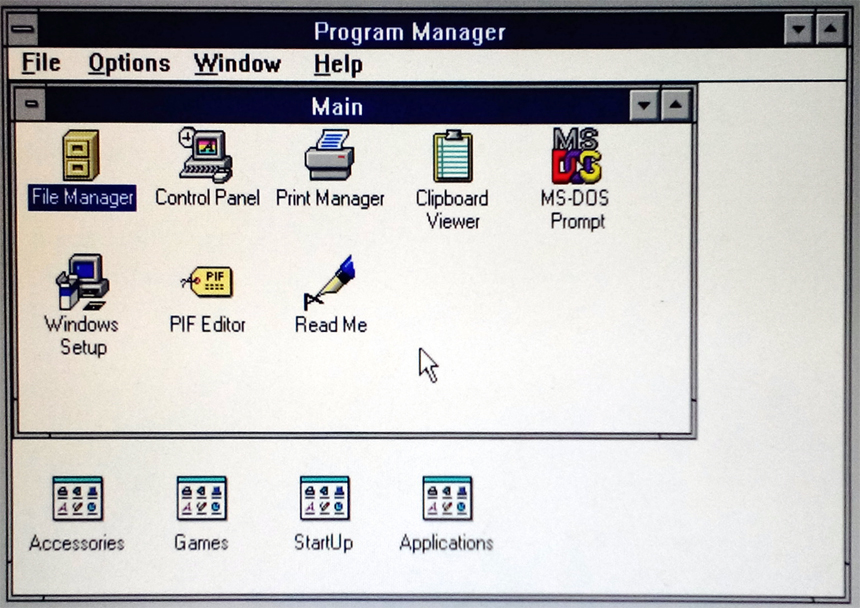
Programs include a calculator, a miner, a file manager, a drawing tool, a text editor (see below), and much more.
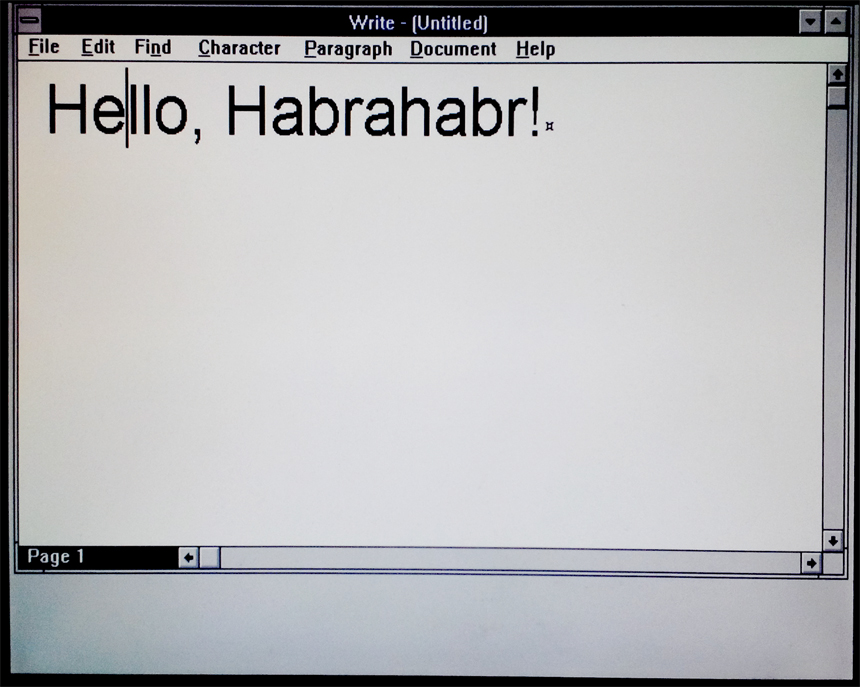
Many more windows 3.1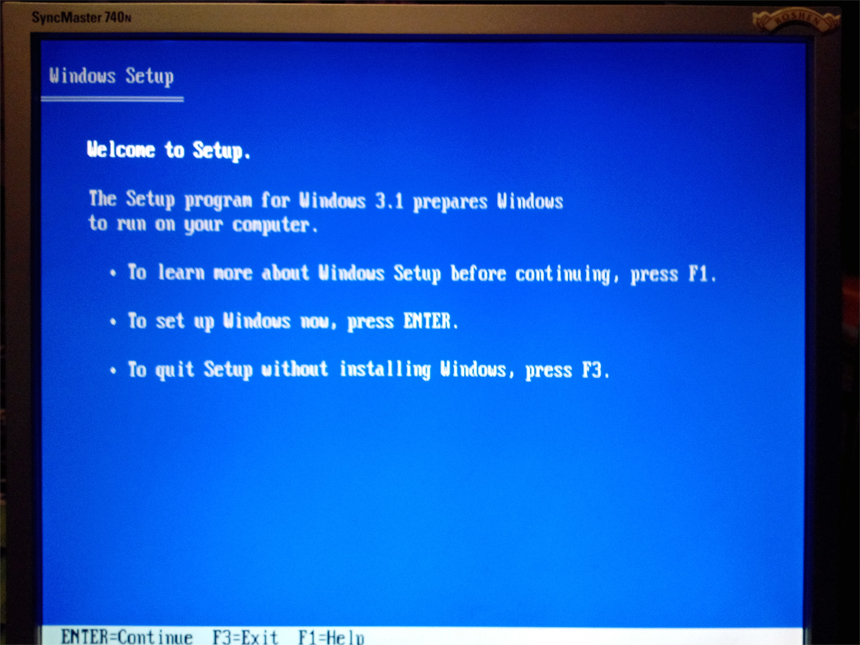
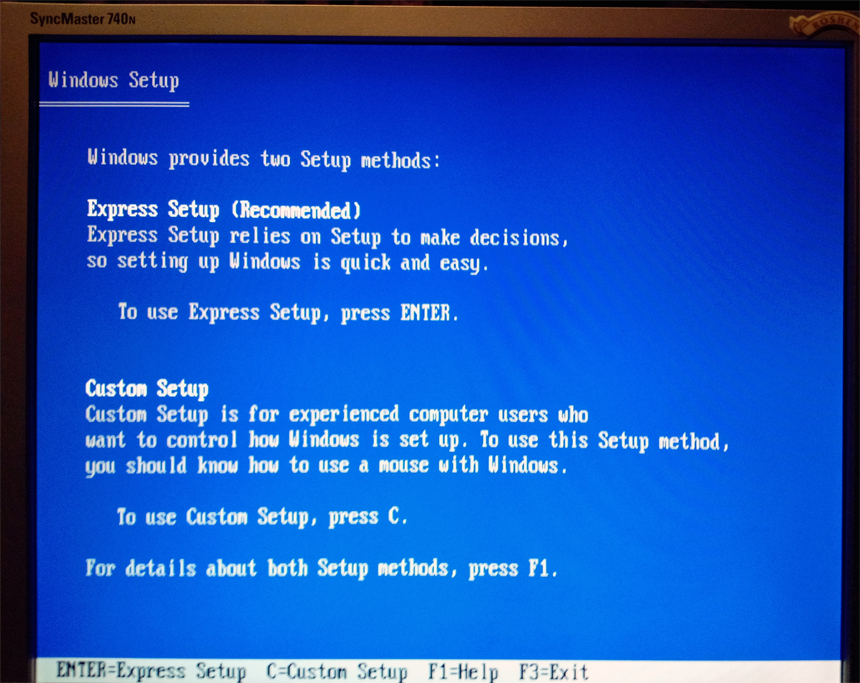
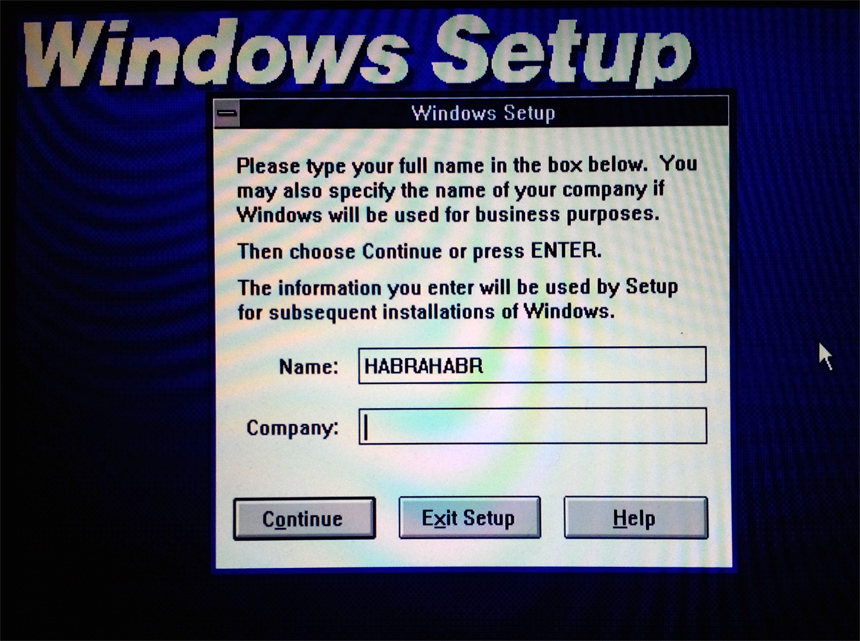
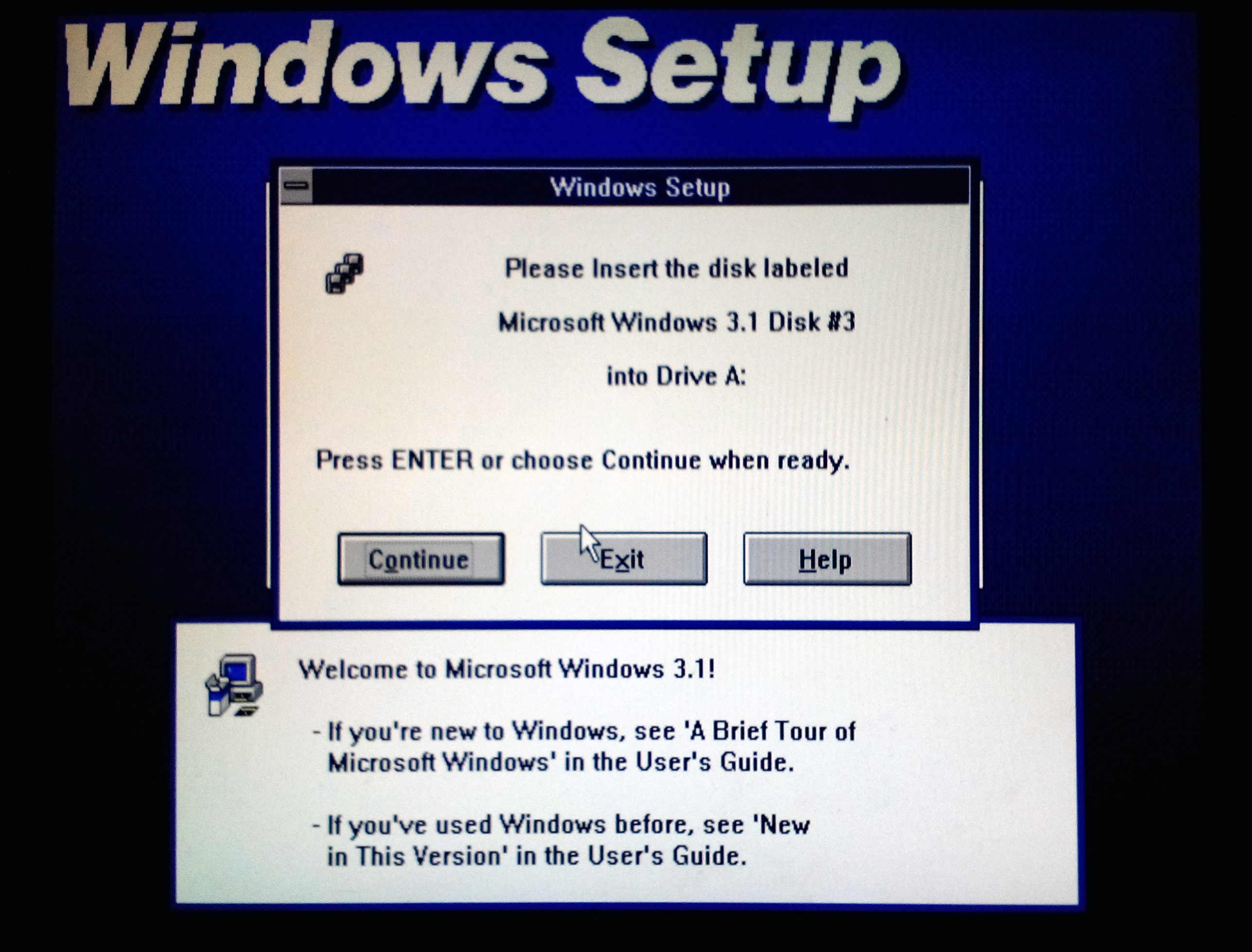
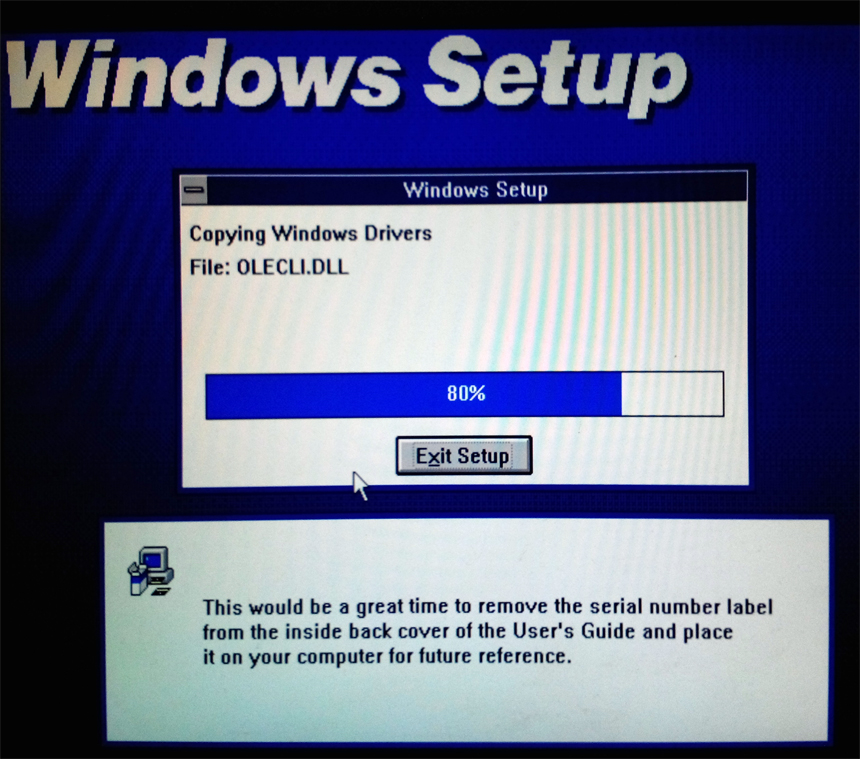
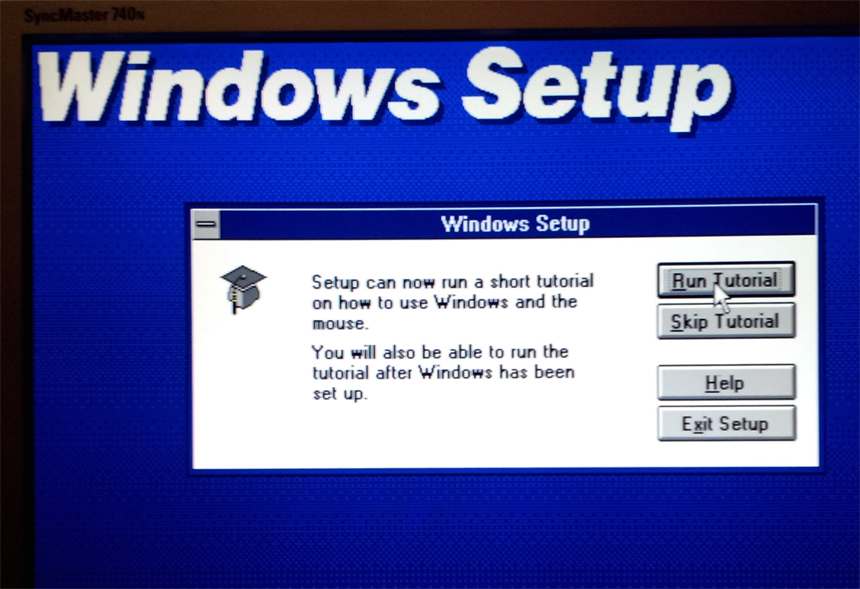
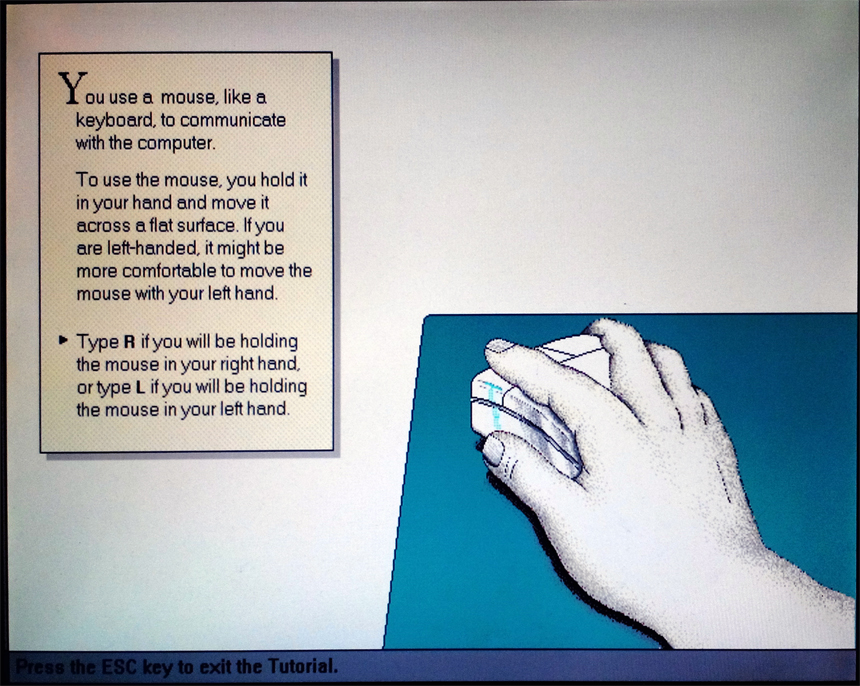









And, of course, as without Norton Commander!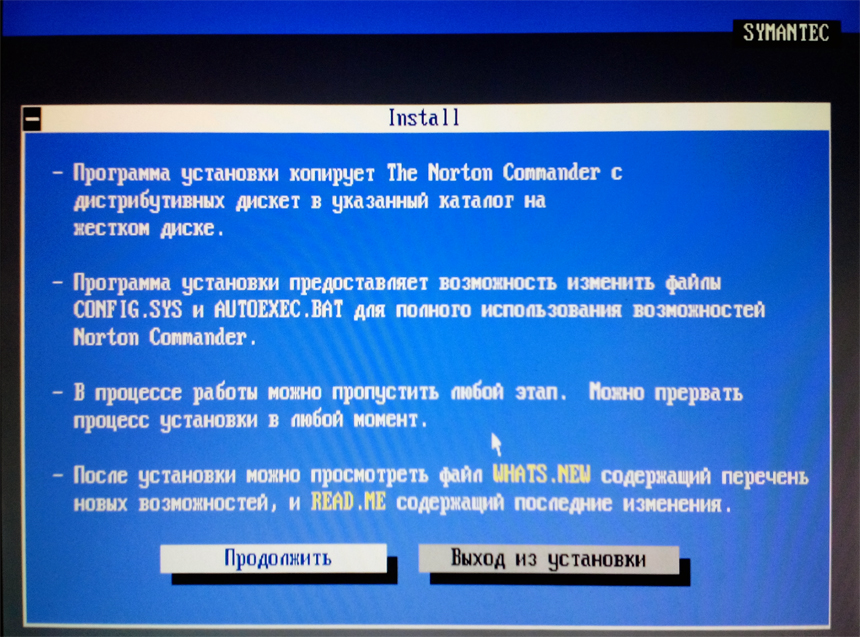

Then I accidentally bumped into a Russian development - PTS-DOS 2000, according to the promise - a fully MS-DOS compatible clone. Loads and works smartly, supports "out of the box" CD-ROM drives. What surprised me - this DOS saw a CD-ROM on the controller built into the docking station. Although until then only Linux was capable of that. But I did not see the hard one on the same controller. Subsequently, after slipping the ptsatapi.sys driver from PTS-DOS under MS-DOS, I was able to work from CD-ROM and under MS-DOS.
On and off you want to connect a sound card and play DOOM 2 and X-COM: UFO Defense.

Yamaha YM718 in person.
Sound Blaster compatible sound card, Yamaha YM-718 with support for the latest Wave Sound technology. I found drivers for DOS on the manufacturer’s website.
Set up a sound card in DOS and in the game.
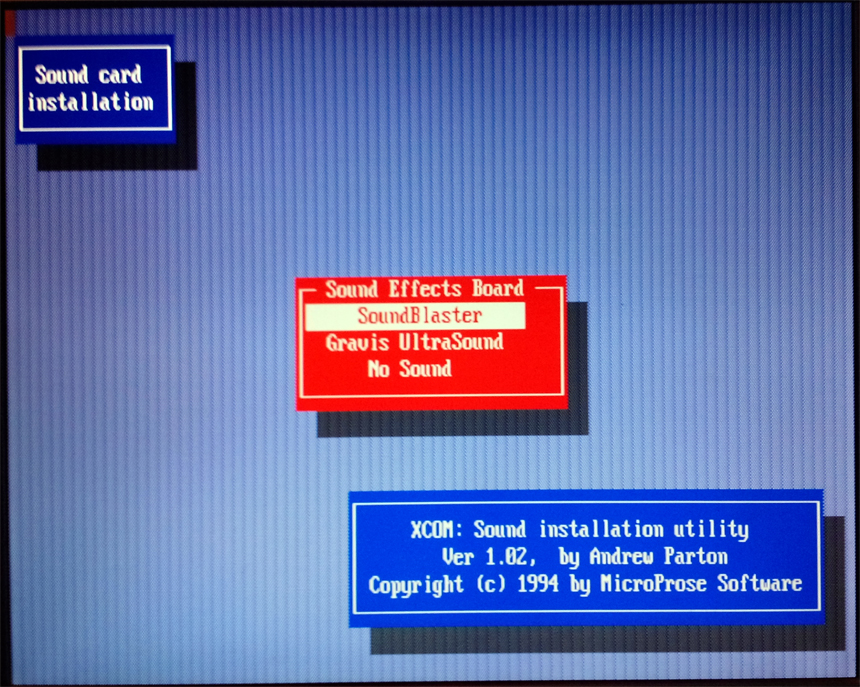


Under Windows 3.1, it started up without problems. But in the games I had to customize. But Doom 2 did not want to sound, but the X-COM was launched in all its sound beauty.
At the end of a few questions and unanswered.
The second IDE controller is soldered on the docking station board. The disks and CD-ROM drives connected to it from under DOS were not seen point-blank until I experimented with PTS-DOS and ptsatapi.sys. The drive of optical disks was defined, hard - no. Although Linux normally defines them. At the same time, the same equipment normally works in DOS on an external IDE controller (which, by the way, is defined as primary). It can be assumed that the firmware on the expansion board is newer and allows you to see the screws, but at the same time, the laptop screw connected to the first controller even having 45 MB smaller size than it is set in the BIOS - it is perfectly seen, everything is loaded normally. Why this situation? - I did not understand.
Source: https://habr.com/ru/post/201716/
All Articles
